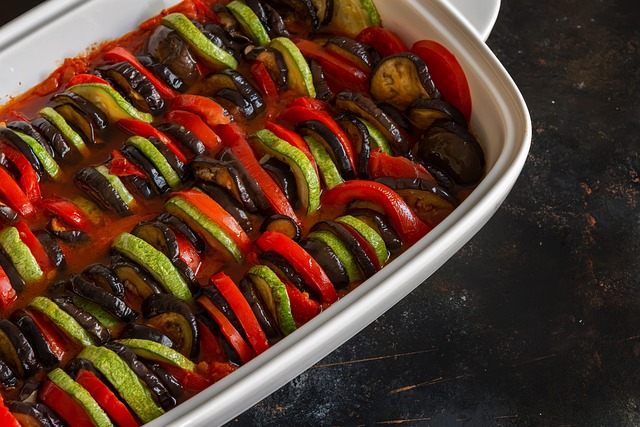Blog
Popular Posts
-

No Egg Pancake Recipe Benefits: Why Pancakes Without Eggs Win Every Time
•
The breakfast landscape is changing, and eggless pancakes are leading the revolution. What started as a solution for allergy sufferers has become the preferred choice for families worldwide. After testing dozens of pancake recipes and speaking with home cooks across the country, the evidence is clear: pancakes without eggs aren’t just an alternative—they’re often…
-

Authentic Middle Eastern Falafel: Crispy Golden Perfection
•
Falafel, the beloved deep-fried chickpea fritters, stands as one of the Middle East’s greatest culinary contributions to the world. These golden, crispy spheres packed with aromatic herbs and spices represent more than just street food – they embody centuries of culinary tradition and offer a perfect plant-based protein that satisfies even the most discerning…
-

Traditional French Ratatouille: The Ultimate Vegetarian Masterpiece
•
Ratatouille, the iconic Provençal vegetable stew, represents the pinnacle of French rustic cooking and demonstrates how simple, fresh ingredients can create extraordinary culinary magic. This beloved vegetarian dish transforms humble garden vegetables into a sophisticated, aromatic masterpiece that captures the essence of Mediterranean summers in every spoonful. Originating in the Nice region of France,…



